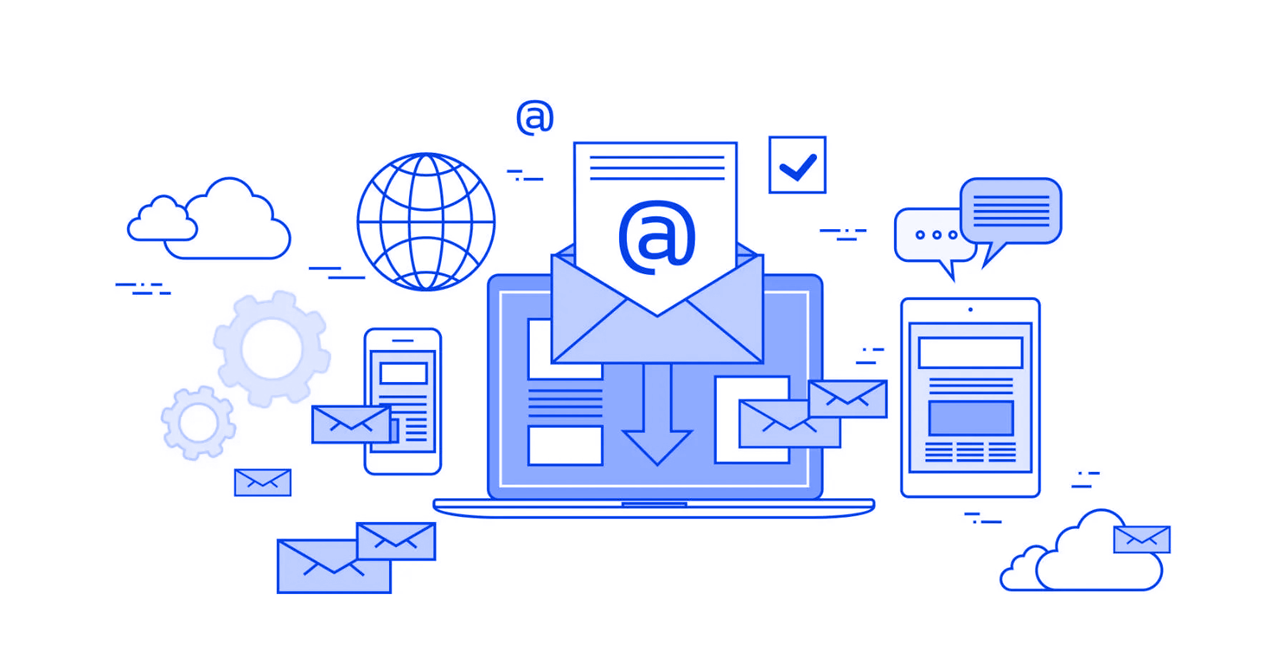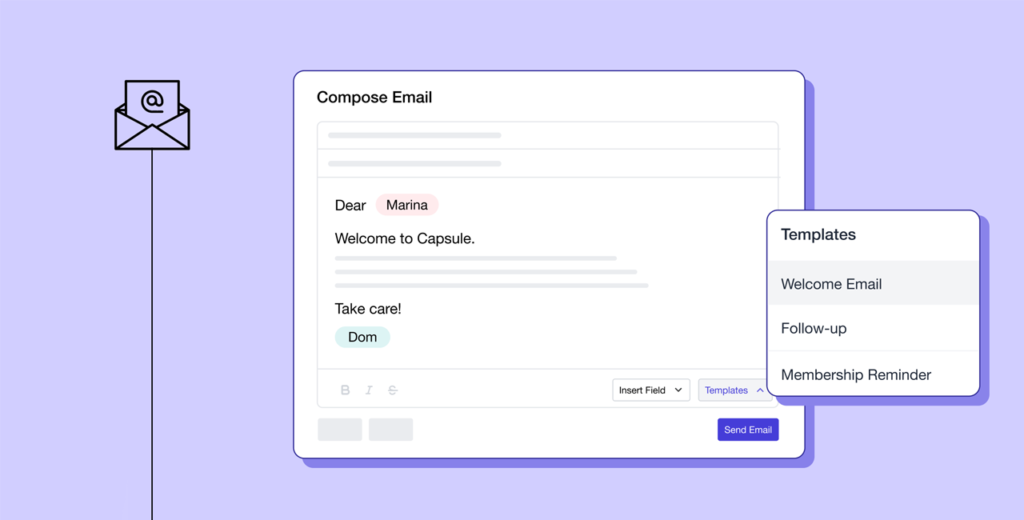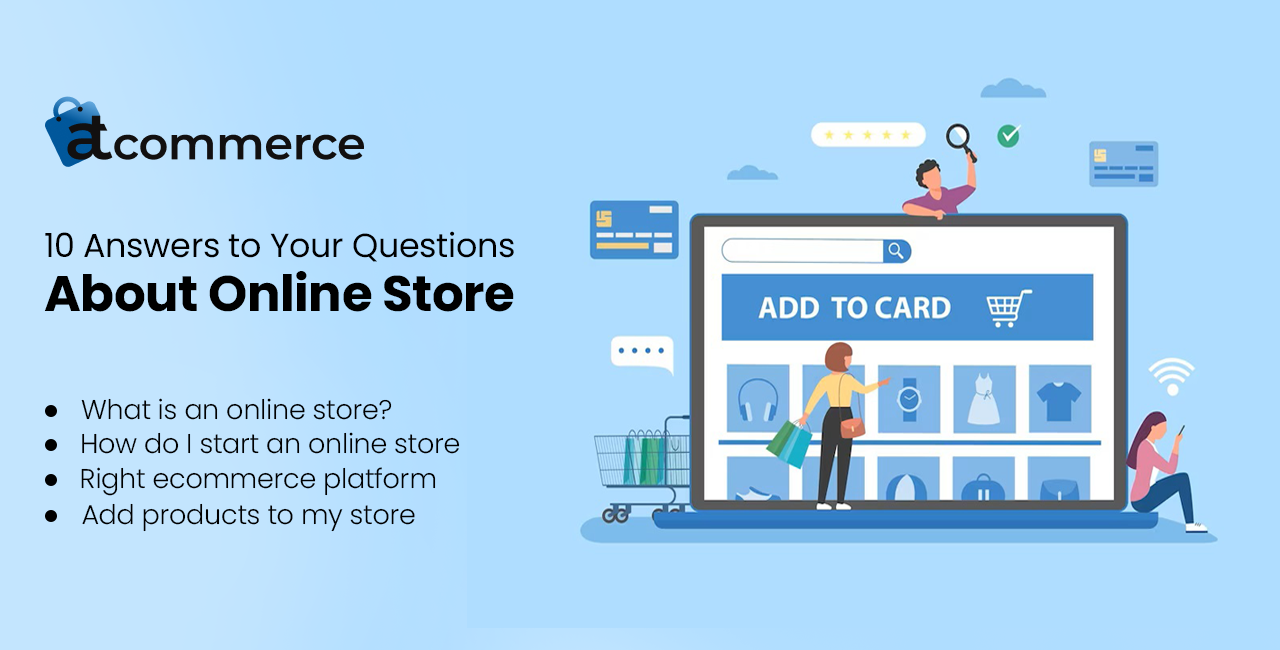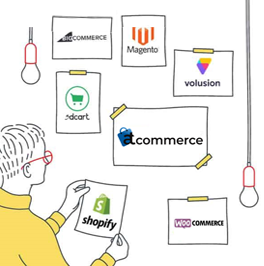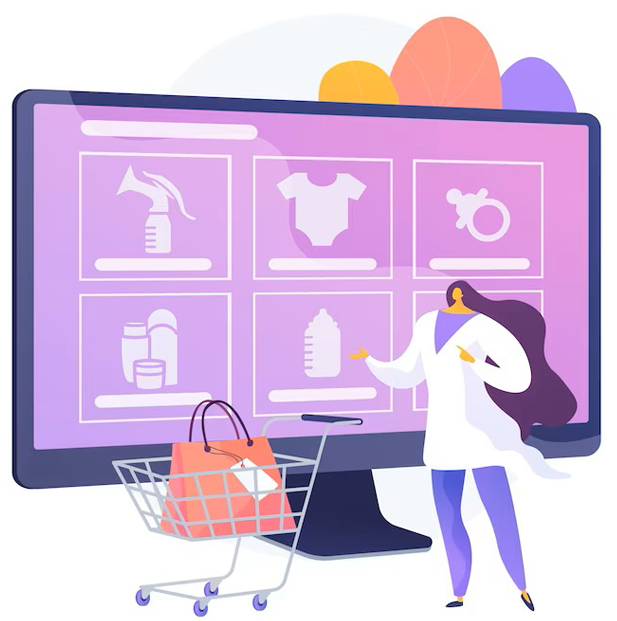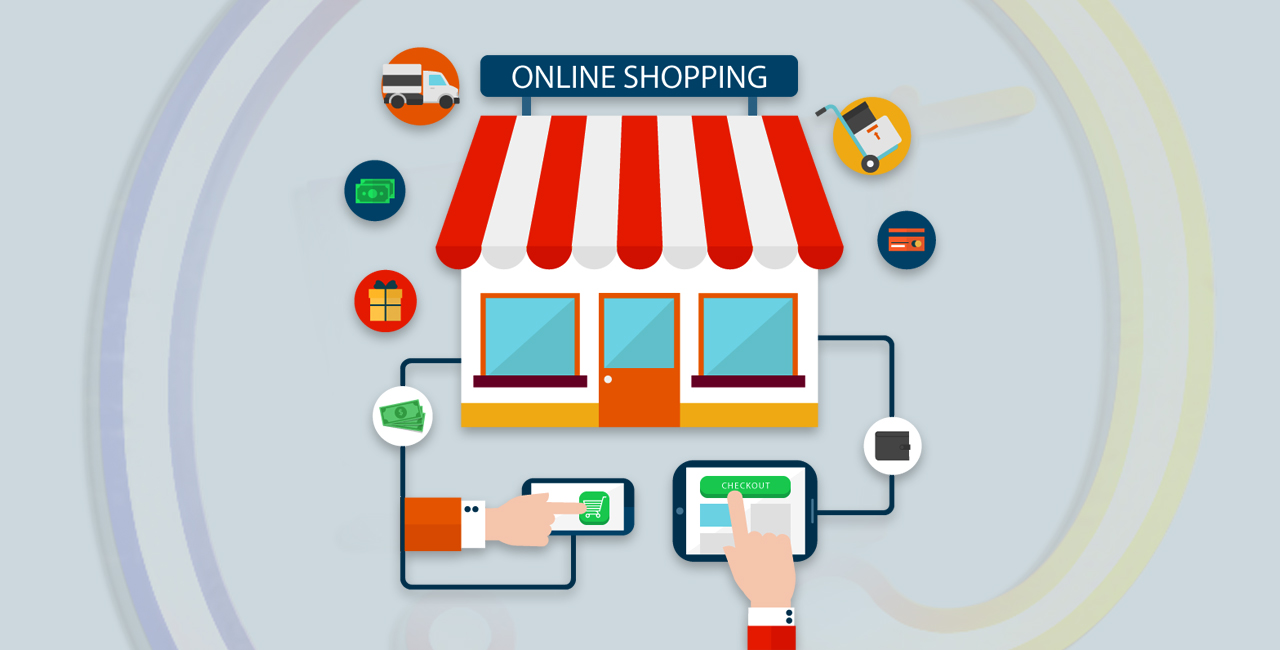Are you ready to embark on a thrilling journey into the future of eCommerce? As technology continues to advance at an unprecedented pace, the digital landscape is constantly evolving, presenting both exciting opportunities and new challenges. In this era of transformative change, it is crucial for businesses to navigate the shifting tides and stay ahead of the curve. How can you position your eCommerce venture for success in this dynamic environment?
In this blog, we will explore the fascinating world of eCommerce and dive deep into the future that awaits. Join us as we uncover the latest trends, innovations, and strategies that will shape the eCommerce landscape in the years to come. From emerging technologies to shifting consumer behaviours, we will unravel the secrets to thriving in the digital realm. So, fasten your seat belts and get ready to navigate the ever-evolving digital landscape as we embark on an exciting exploration of the future of eCommerce.
Embracing Technological Advancements
Embracing technological advancements is crucial to navigating the future of eCommerce. As we stand at the cusp of a digital revolution, emerging technologies are poised to reshape the way we conduct business online. Artificial Intelligence (AI), machine learning, and automation are among the key drivers of innovation in the eCommerce realm. These technologies offer immense potential for transforming customer experiences and streamlining business operations.
With AI-powered chat bots providing personalised assistance and machine learning algorithms optimising product recommendations, businesses can deliver tailored experiences that resonate with their customers. Automation enables streamlined processes, from inventory management to order fulfilment, allowing businesses to operate more efficiently and effectively.
Moreover, the mobile revolution has forever changed the way people shop. Mobile Commerce, or m-commerce, is witnessing exponential growth as consumers increasingly rely on smartphones and tablets for their online shopping needs. This shift necessitates a strong focus on mobile optimisation. Responsive design, intuitive mobile interfaces, and seamless checkout experiences are essential for engaging and converting mobile users.
Additionally, businesses must recognise the importance of delivering cohesive experiences across multiple channels and touch points. Customers expect a seamless transition, whether they are browsing on their phone, visiting a physical store, or making a purchase through a social media platform. By embracing technological advancements and staying ahead of mobile and Omni channel trends, eCommerce businesses can position themselves for success in the evolving digital landscape.
Mobile Commerce and Omni Channel Experiences
In the realm of eCommerce, providing seamless omni channel experiences and embracing mobile commerce are paramount. The rise of mobile devices and the expectations of modern consumers necessitate businesses adapting. Mobile commerce, or m-commerce, refers to conducting online transactions through smartphones and tablets. Optimising platforms for mobile experiences is crucial for engaging customers and driving conversions.
Delivering cohesive omni channel experiences is essential for connecting with customers across various touch points. Consumers expect a seamless transition as they interact with a brand online, in physical stores, or on social media platforms. By integrating channels and providing a consistent experience, businesses foster loyalty and enhance engagement.
Synchronising inventory, pricing, and customer data enables customers to seamlessly switch between online and offline experiences. Embracing mobile commerce and creating a seamless omni channel environment gives eCommerce businesses a competitive edge.
When it comes to eCommerce, personalization and customer engagement are vital for converting website visitors into loyal customers. Tailoring the shopping experience to individual preferences and behaviors can significantly enhance customer satisfaction and drive conversions. Through the effective use of customer data and advanced segmentation techniques, businesses can deliver personalized product recommendations, customized offers, and relevant content, making each visitor feel valued and understood.
Engaging customers throughout their journey is equally important. By implementing interactive features such as live chat support, personalized product guides, and user-generated content, businesses can foster a sense of connection and encourage active participation. Furthermore, leveraging social media platforms and email marketing to deliver targeted messages and exclusive promotions can help strengthen the bond with customers and drive repeat purchases.
By prioritizing personalization and customer engagement, businesses can create meaningful and memorable experiences that inspire loyalty and drive conversions. Understanding customers’ needs and preferences, utilizing data-driven insights, and leveraging various communication channels are key strategies for maximizing personalization and fostering deeper customer engagement in the eCommerce landscape.
Sustainability and Ethical Practices
In today’s eCommerce landscape, sustainability and ethical practices have become crucial considerations for businesses. Consumers are increasingly conscious of the environmental and social impacts of their purchasing decisions. As a result, integrating sustainability into eCommerce operations has become a competitive advantage. Companies can show their commitment to sustainability and attract environmentally aware consumers by sourcing sustainable materials and implementing eco-friendly packaging. By aligning with ethical practices, such as fair wages and labor standards, businesses can also contribute to positive social impact, earning the trust and loyalty of customers who value responsible and ethical business practices.
Furthermore, implementing sustainability and ethical practices in eCommerce not only helps businesses differentiate themselves in the market but also fosters long-term success. Many consumers are willing to pay a premium for products and services that align with their values. By embracing sustainability, businesses can tap into this growing market segment and attract a loyal customer base. Moreover, adopting ethical practices can enhance brand reputation and improve customer trust, leading to positive word-of-mouth and increased brand advocacy. As the demand for sustainable and ethical products continues to rise, businesses that prioritize these principles are well-positioned to thrive in the future of eCommerce.
Future Trends and Predictions
The future of eCommerce is constantly evolving, driven by technological advancements and shifting consumer behaviors. Several key trends and predictions are shaping the landscape of online retail. One notable trend is the rise of voice commerce. Here, customers can make purchases using voice-activated devices like smart speakers. With voice assistants becoming increasingly sophisticated and widespread, businesses need to optimize their platforms to cater to this emerging trend. Additionally, augmented reality (AR) and virtual reality (VR) are poised to revolutionize the online shopping experience by allowing customers to virtually try on products and visualize how they would look in their own spaces. Embracing these technologies can provide a competitive edge and enhance customer engagement.
Another significant trend is the growing importance of social commerce. Social media platforms continue to play a crucial role in influencing consumer behaviors and purchase decisions. With features like shoppable posts and in-app checkout options, social commerce enables businesses to directly convert social media engagement into sales. Partnering with influencers and leveraging user-generated content can also drive brand awareness and customer trust. As social media continues to evolve and integrate eCommerce functionalities, businesses that effectively utilize these platforms for marketing and sales can expect to thrive in the future of eCommerce.
Navigating the future of eCommerce requires a proactive approach, adaptability, and a deep understanding of the evolving digital landscape. At Atcommerce, we understand the importance of staying ahead in this dynamic industry. With our expertise in eCommerce development, we can help businesses embrace technological advancements, optimize their platforms for mobile commerce and omnichannel experiences, and implement personalized strategies that drive customer engagement and conversions.
Furthermore, we are committed to sustainability and ethical practices, ensuring that your eCommerce business aligns with the values of environmentally and socially conscious consumers. Our team stays updated on the latest trends and predictions, and soon we will be able to integrate innovative solutions like voice commerce, augmented reality, and social commerce into your eCommerce strategy.
With Atcommerce, you can future-proof your business and navigate the ever-changing eCommerce landscape with confidence. Let us be your trusted partner in driving success in the digital realm. Contact us today to discuss how we can help you achieve your eCommerce goals.






